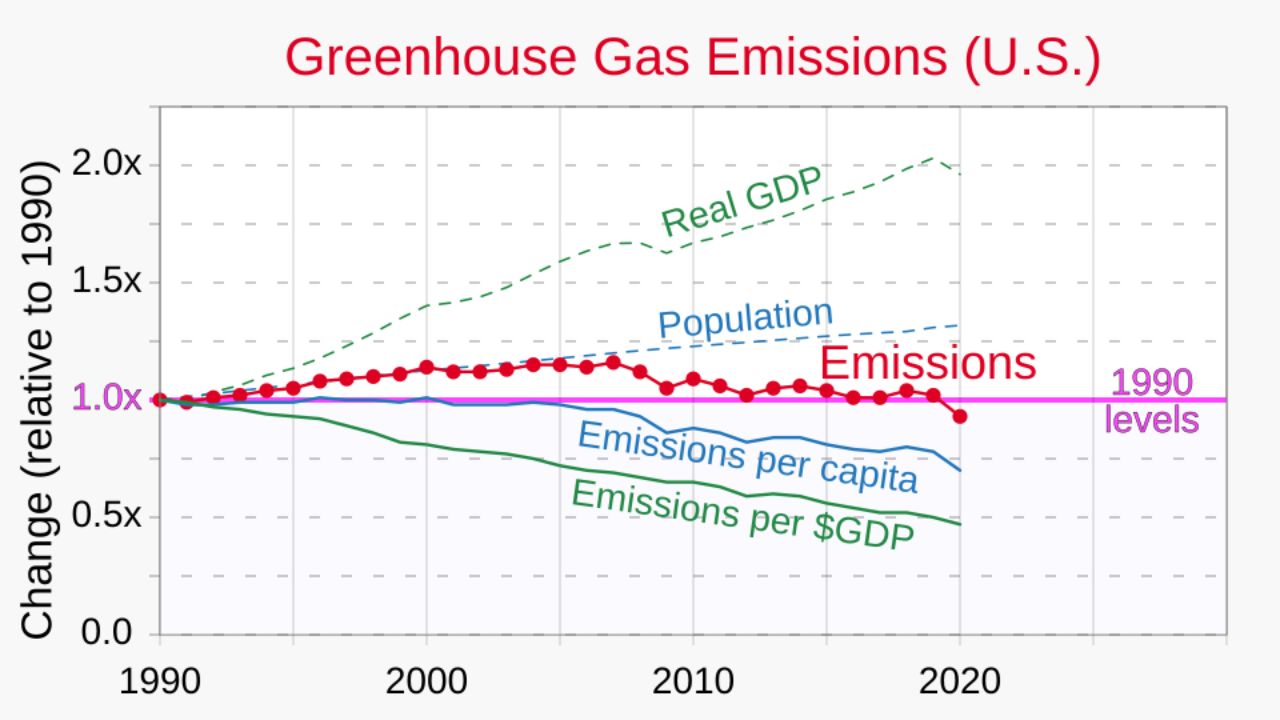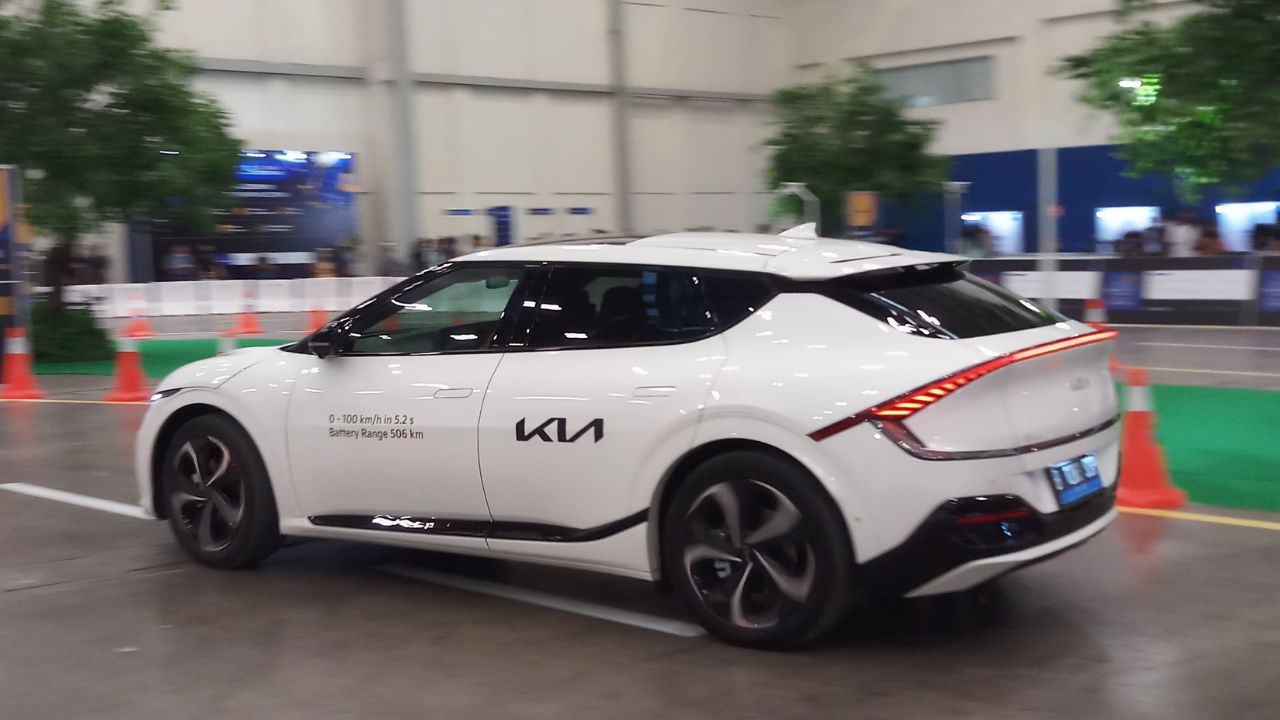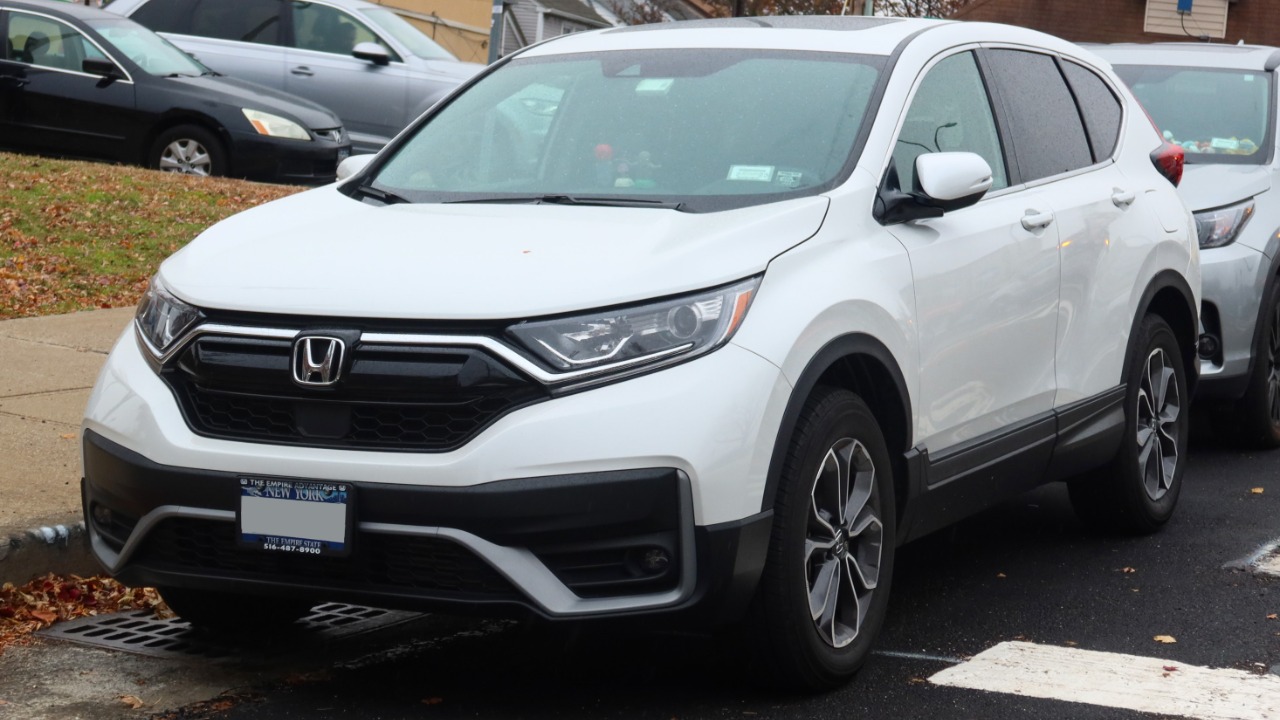The transition to electric vehicles (EVs) is accelerating as several U.S. states implement bans on the sale of new gas-powered cars. These policies aim to reduce carbon emissions and combat climate change, but they also raise questions about their implementation and impact on consumers and the automotive industry.
Understanding the Bans
California was the first state to announce a ban on the sale of new gas-powered cars, with a target year of 2035. Since then, states like New York, Massachusetts, and Washington have followed suit, setting similar timelines for implementation. These efforts are primarily focused on passenger vehicles, although some states are considering broader categories, including trucks and SUVs. The bans are part of a larger strategy to meet ambitious climate goals and transition to a more sustainable transportation future.
The legal framework for these state-level bans typically stems from the authority granted under the Clean Air Act, which allows states to set more stringent vehicle emissions standards than federal regulations. California’s waiver under this act has historically set the precedent, enabling other states to adopt similar measures. This legal precedent empowers states to enforce bans, although they must navigate a complex landscape of federal laws and potential legal challenges.
While the overarching goal of these bans is uniform, the policies vary in their specifics. For instance, California’s legislation includes a phased approach with intermediate targets, such as requiring a certain percentage of zero-emission vehicles by 2025. In contrast, New York’s policy focuses on incentivizing consumers through tax credits and rebates. These differences reflect the unique economic and political landscapes of each state, as well as their respective priorities in achieving emissions reduction targets.
Motivations Behind the Bans

The environmental motivations for banning new gas car sales are clear. Transportation is a major contributor to greenhouse gas emissions, and reducing the number of gas-powered vehicles on the road is a key strategy for states aiming to meet their climate commitments. By 2040, states expect significant reductions in emissions, contributing to global efforts to limit temperature rise to 1.5 degrees Celsius above pre-industrial levels.
Economic incentives also play a crucial role in these policies. The shift towards electric vehicles is expected to spur job creation in the renewable energy and EV sectors. States like Michigan, known for its automotive industry, are investing in retraining programs to transition workers from traditional manufacturing roles to positions in EV production. The growth of companies like Tesla, Rivian, and Lucid Motors exemplifies the potential for job growth and economic revitalization tied to the EV market.
Public health considerations are another compelling factor. Gas-powered vehicles are significant sources of air pollution, contributing to respiratory illnesses and other health issues. By reducing the number of gas vehicles, states anticipate improvements in air quality and public health outcomes. According to studies, areas with high EV adoption have already seen decreases in air pollutants, providing a promising glimpse into the potential health benefits of these bans.
Challenges and Criticisms
One of the primary challenges facing the transition to electric vehicles is the state of EV charging infrastructure. While companies like ChargePoint and Electrify America are expanding their networks, many areas still lack the necessary infrastructure to support widespread EV adoption. States are investing heavily in charging stations, but the pace of expansion needs to accelerate to meet anticipated demand.
Consumer resistance is another hurdle. While models like the 2023 Ford Mustang Mach-E and the 2023 Chevrolet Bolt EV are gaining popularity, some consumers remain hesitant to make the switch due to concerns about range, cost, and charging accessibility. The automotive industry must address these concerns by enhancing EV affordability and performance, as well as ensuring a robust supply chain that can support increased production.
Legal and political opposition also poses significant challenges. Some stakeholders argue that these bans infringe on consumer choice and could lead to economic disruptions. Potential lawsuits and political pushback from states with strong ties to the oil and gas industries could complicate implementation efforts. Navigating these challenges requires careful negotiation and collaboration between state governments, industry leaders, and advocacy groups.
Impact on the Automotive Industry
The automotive industry is undergoing a significant transformation in response to these state bans. Companies like General Motors and Ford are investing billions in EV technology, shifting their production lines to accommodate new models such as the 2025 GMC Hummer EV and the 2026 Tesla Roadster. This shift is driving innovation in battery technology, vehicle design, and manufacturing processes.
Traditional car manufacturers face economic implications as they transition away from gas-powered vehicles. Companies reliant on internal combustion engines must navigate the financial challenges of retooling factories and reskilling workers. However, the growing demand for EVs presents opportunities for growth and diversification, particularly in emerging markets.
The bans are also influencing market competition, encouraging the entry of new players like Fisker and NIO. These companies are leveraging technological advancements and consumer interest in sustainable transportation to carve out market share. The increased competition is driving improvements in EV offerings, benefiting consumers with more choices and better products.
Future Outlook
Looking ahead, the successful implementation of state bans could lead to substantial environmental benefits. By 2050, widespread EV adoption could significantly reduce greenhouse gas emissions from the transportation sector, contributing to global climate goals. However, achieving these benefits requires sustained efforts in policy implementation, infrastructure development, and consumer engagement.
The interplay between federal and state policies will also shape the future of these bans. While state-level initiatives lead the charge, a comprehensive federal policy could provide a cohesive framework for nationwide EV adoption. The potential for federal incentives, such as tax credits and infrastructure investments, could accelerate the transition and provide a unified approach to emissions reduction.
Globally, the U.S. state bans align with a broader movement towards sustainability and electric mobility. Countries like Norway and the UK have set ambitious targets for phasing out gas-powered vehicles, and the U.S. is poised to play a significant role in this transition. The alignment of state policies with international trends highlights the growing consensus on the importance of moving towards a more sustainable transportation future.
Like Fast Lane Only’s content? Be sure to follow us.
Here’s more from us:
*Created with AI assistance and editor review.







Leave a Reply